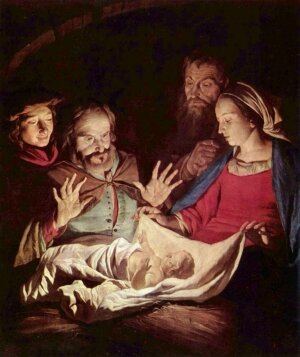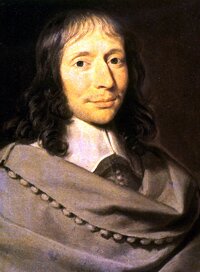
Rhabbouni, (master, chief, prince. Rhabbouni is a title of honour Mary used to address Jesus. Strong's G4462 of Aramaic origin):
Jesus said to her, "Mary." She turned and said to him in Aramaic, "Rabboni!" (which means Teacher). John 20:16 ESV
The Hebrew form rabbi used as a title of Jesus. (Strong's G4461 of Hebrew origin):
- And Jesus said to him, "What do you want me to do for you?" And the blind man said to him, "Rabbi, let me recover my sight." -Mark 10:51
- Judas, who would betray him, answered, "Is it I, Rabbi?" He said to him, "You have said so." -Matthew 26:25
- And Peter said to Jesus, "Rabbi, it is good that we are here. Let us make three tents, one for you and one for Moses and one for Elijah." -Mark 9:5
- And Peter remembered and said to him, "Rabbi, look! The fig tree that you cursed has withered." -Mark 11:21
- And when he came, he went up to him at once and said, "Rabbi!" And he kissed him. -Mark 14:45
- Nathanael answered him, "Rabbi, you are the Son of God! You are the King of Israel!" -John 1:49
- Meanwhile the disciples were urging him, saying, "Rabbi, eat." -John 4:31
- When they found him on the other side of the sea, they said to him, "Rabbi, when did you come here?" -John 6:25
- And his disciples asked him, "Rabbi, who sinned, this man or his parents, that he was born blind?" -John 9:2
- The disciples said to him, "Rabbi, the Jews were just now seeking to stone you, and are you going there again?" -John 11:8
In both Aramaic and Hebrew, it would have been
רבוני. The Hebrew form of this word is attested in Codex Kaufman to the Mishnah.
The word rabbi derives from the Hebrew root word רַב, rav, which in biblical Hebrew means ‘great’ in many senses, including "revered." The word comes from the Semitic root R-B-B, and is cognate to Arabic ربّ rabb, meaning "lord" (generally used when talking about God, but also about temporal lords). As a sign of great respect, some great rabbis are simply called "The Rav."
Rabbi is not an occupation found in the Torah (i.e. the Pentateuch) as such, and ancient generations did not employ related titles such as Rabban, Ribbi, or Rab to describe either the Babylonian sages or the sages in Israel.[1] Even the very eminent Biblical prophets are referred to as "Haggai the prophet" e.g. The titles "Rabban" and "Rabbi" are first mentioned in Hebrew scriptures in the Mishnah (c. 200 CE). The term was first used for Rabban Gamaliel the elder, Rabban Simeon his son, and Rabban Johanan ben Zakkai, all of whom were patriarchs or presidents of the Sanhedrin.[2] A Greek transliteration of the word is also found in the books of Matthew, Mark and John in the New Testament, where it is used in reference to Jesus.
The basic form of the rabbi developed in the Pharisaic and Talmudic era, when learned teachers assembled to codify Judaism's written and oral laws. In more recent centuries, the duties of the rabbi became increasingly influenced by the duties of the Protestant Christian Minister, hence the title "pulpit rabbis," and in 19th century Germany and the United States rabbinic activities including sermons, pastoral counseling, and representing the community to the outside, all increased in importance.
Within the various Jewish denominations there are different requirements for rabbinic ordination, and differences in opinion regarding who is to be recognized as a rabbi.
More...


































![The Enoch Scroll, Hanokh, 4Q201(En ar[superscript]a), Parchment, Copied ca. 200-150 B.C.E.,Fragment A: height 17.5 cm (6 7/8 in.), length 17.5 cm (6 7/8 in.),Fragment B: height 6.4 cm (2 1/2 in.), length 6.9 cm (2 11/16 in.), Courtesy of the Israel Antiquities Authority](http://timothyministries.org/images/enoch-b.jpg)


